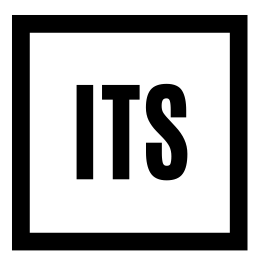What is inbound marketing?
Inbound marking means providing great content at the right time. It aims to attract users to your website using content that listens along the buyer’s journey instead of going to the users.
We let the users find us in the marketing is an all-inclusive term that encompasses many marketing tactics, including content marketing, Search Engine Optimization (SEO), marketing animation, and more.
Inbound marketing has four crucial stages
attract, convert, close, and delight.
Attract Stage: We use exciting or relevant content to attract users to a website. For example, a blog post can have an article, social media videos, etc.
The most important thing is that the content builds trust within the user for a brand. We can turn a stranger into a regular website visitor.
Convert stage: where we can use more content to help and solve the problem. It also allows us to get a little more information about the user. often, to download the valuable content (PDF), the user has to fill out a form, which turns a visitor into the lead.
Close Stage: it means lead nurturing, lead scoring, marketing automation, and relevant content to help the user make a purchase and move them on to the buyer’s journey, where we turn a lead into a customer.
How inbound marketing works
Major keys of inbound marketing:
Content:
The key is content; this is huge in stages one and two. Content is how you attract users to your website and convince them to give you their information because the content is so important.
Two huge factors within inbound marketing are Content Marketing and Search Engine Optimization.
We want to constantly create new relevant and engaging content optimized for Search Engine Optimization, so that users can find your content on the search engines.
Some examples of content that can attract users are Blog Posts, YouTube videos, and Social Media Posts.
Content like ebooks, webinars, checklists, and white papers are great for converting users into leads
